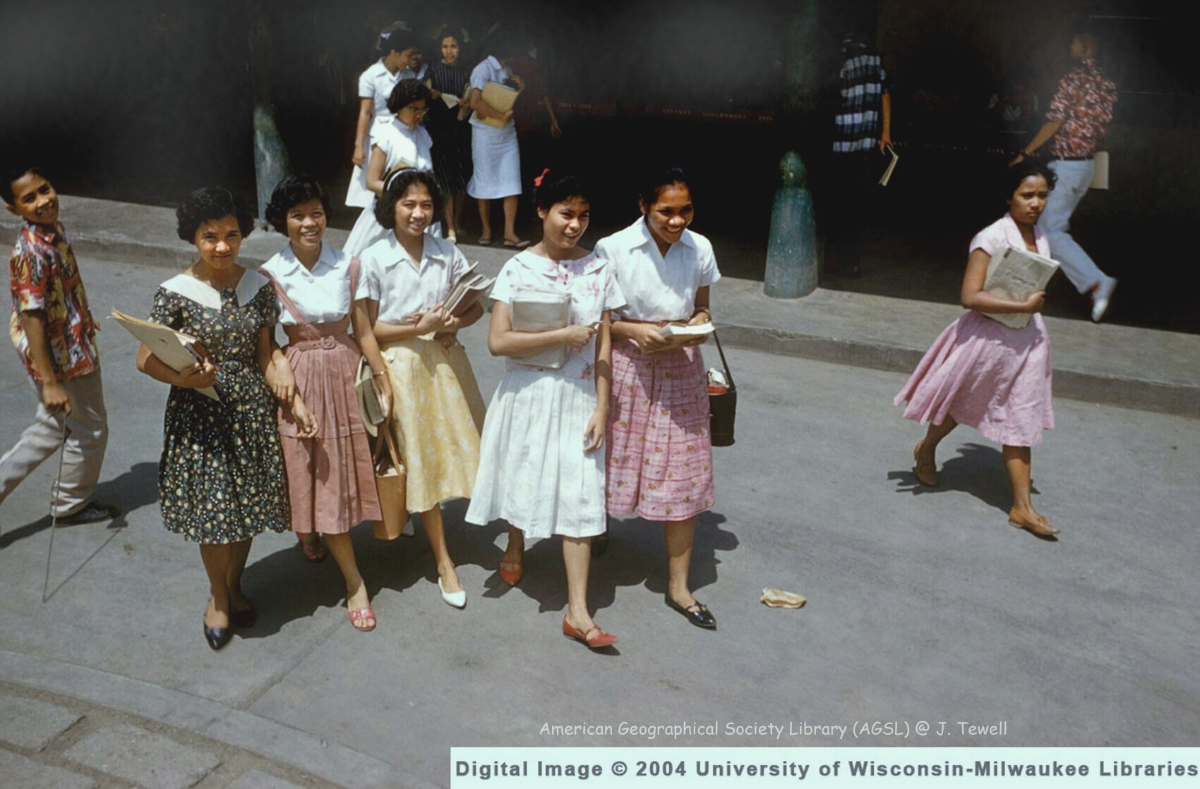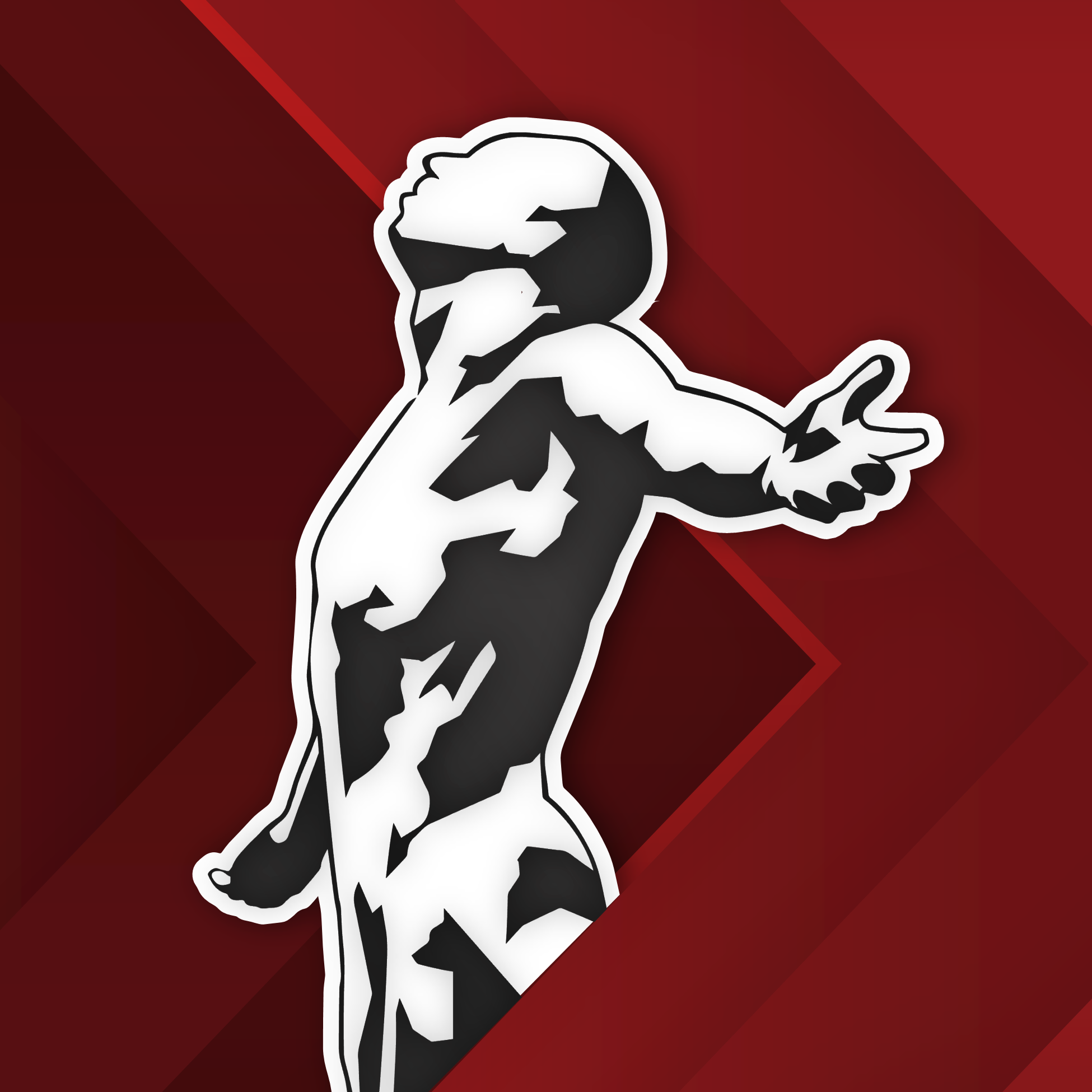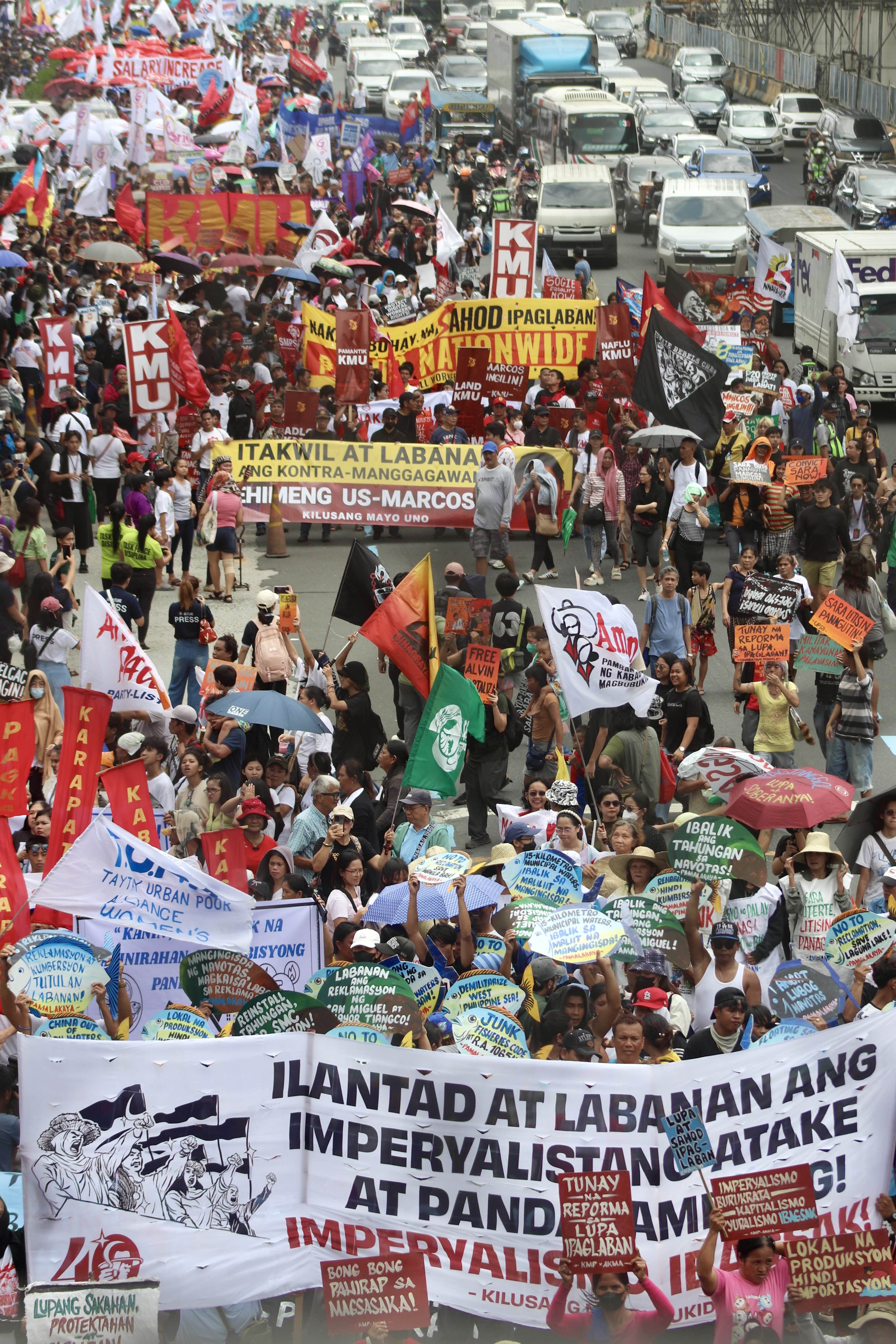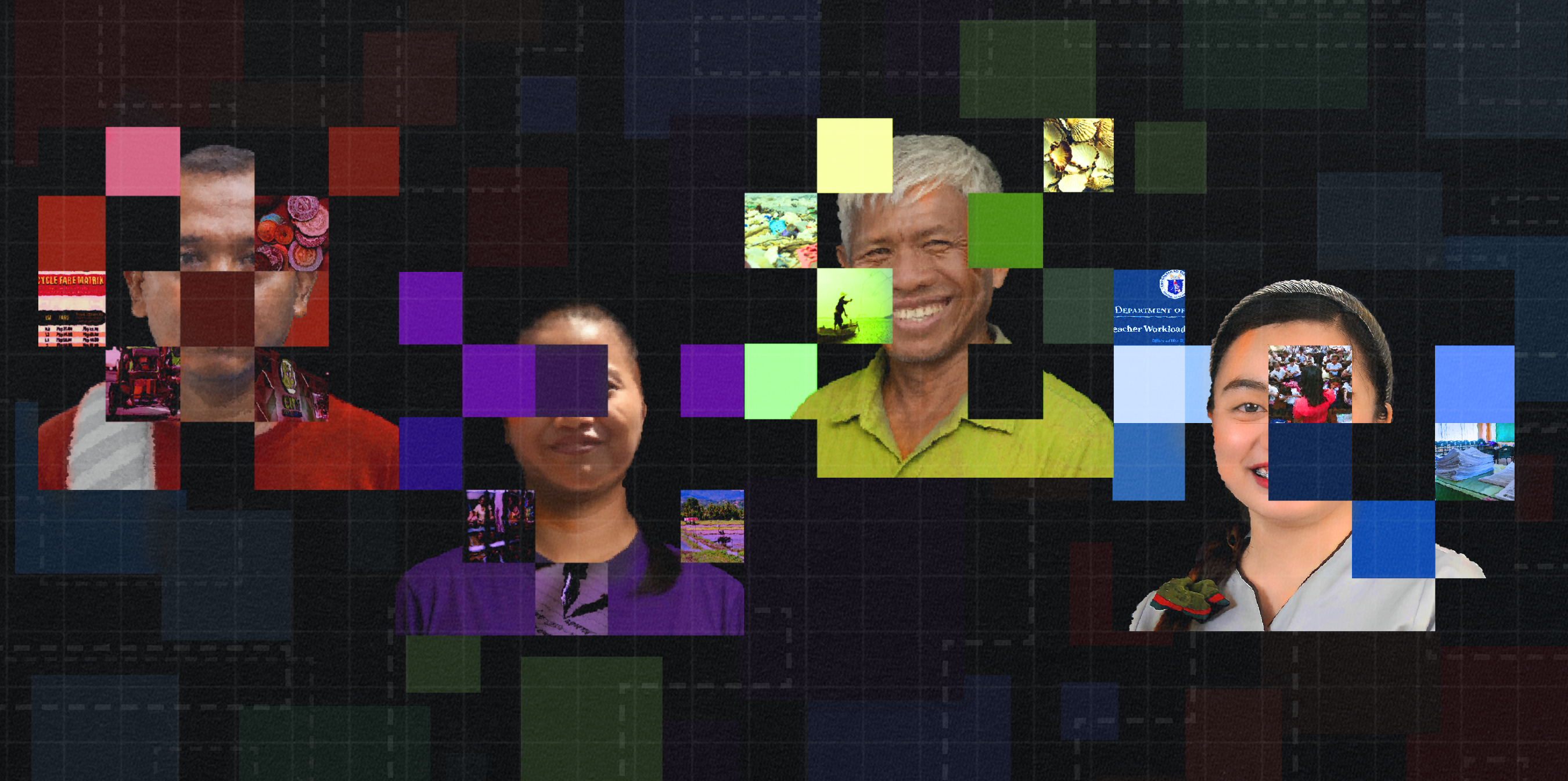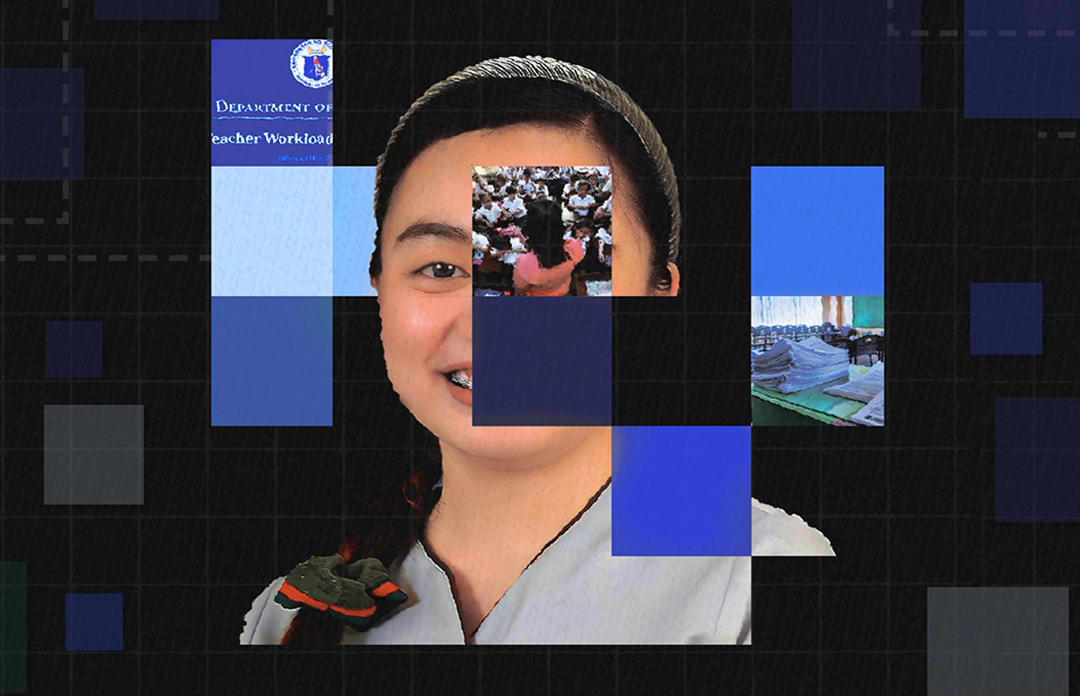By O.D. Corpuz
In Diliman, in 1956, the scholar was again at bay. The inhabitants of Diliman were interesting people. Some scholars did not seem to understand the nature of the restraints and constraints that beset them. Scholars, in general, were a small minority in the community. Many other members of the Diliman community thought that there were no improper restrictions on the freedom of the scholar. The rest of the inhabitants neither understood nor thought, or hardly ever tried.
There were, of course, factors restrictive of academic freedom. One could not say, at the time, which was the most serious. In 1956, they could be categorized into (a) those restraints that were derived from the particular relationship between the university and the larger national community outside of Diliman, and (b) those inhibitions that were contributed by the scholar himself.
1. The Misunderstood University
In 1956, it seemed to be a basic fact of Filipino intellectual growth that we Filipinos had not yet come to appreciate the meaning of “university.” To most of us the university was a primarily utilitarian institution. It was some place to make a living in. It was some place to send the young man or woman to get the equipment to get a living with. If we heard talk that a university was a community of scholars, of the men best equipped to be the custodians and prime movers of the national intellect, it was high-falutin talk, it was radical talk, it was undemocratic talk.
We interpreted democracy to mean that every taxpayer had the right to dictate the policies of the university. We assumed, of course, that the taxpayer was qualified, both by insight and perception, to stick his finger into the business of academic and intellectual policies.
In the 1950s, we unabashedly owned that the presidency of the university had almost become a political plum, but we did not do anything about it. We did not hesitate to lambast it for the college grades received by politicians. We harried its harassed officials for accommodating the proteges which our political leaders were reported to have forced upon them. We applied to the university officials and staff the same rules we meted out to political opportunists. We proved the constancy of our regard for the university, though our honorable legislators, by the determination with which we lavished our paltry annual appropriations upon it.
We did not think of the university as a community of scholars, of “seekers after the truth.” It was quite beyond our comprehension to imagine that the universe, and every act and idea in it, were the proper subjects of study in a university. We sneered at the college intellectual, that is, when we were not scared of him. We sneered because he seemed to have no useful trade like the rest of us, and we were scared because we feared that the results of his inquiries might jolt our cherished convictions and traditional values.
We were unprepared, in other words, to accept the concept of a university as an autonomous corporation or community. We had too much of the unmitigated democrat in each of us to insulate the university from our day-to-day politics, or to realize that a free university could make a contribution to the national culture which no other social institution could make.
This national misunderstanding of the university was naturally productive of restrictions upon the freedom of the scholar.
2. The Textbook-World
One such restraint was the peso-poverty of the university. In consequence of its limited resources, the institution had to operate with a staff of overworked and underpaid instructors. The strain was telling. The UP professor was caught in the toils of routine. Week after week, he was practically chained to classroom teaching. His world shrunk into a textbook-world, from which he could only rarely escape to meet with the enriching influence of scholarship in other countries, or with the invigorating stimulus of consultations with men of affairs.
Unfortunately, it was not difficult to get used to this little textbook-world. In 1956, many UP instructors had ceased to be scholars, properly speaking, and had become teachers, in the narrow sense of the word. In the process they lost their imagination; instead of adventure, university life could only offer chores, and sometimes a material livelihood also.
The textbook-world was safe, and soon it also became comfortable. Its tenant was protected by the armor of orthodoxy and security against the risky world of ideas. If the teacher without imagination was troubled by the inconvenience of an uneasy conscience, it was not difficult to regain some sort of inner peace. This he did by stamping the marks of his little world upon the numerous young minds that trooped into his classrooms; he became an artist creating duplicates of his own mind, and when they trooped out of the room it was a reassuring sight—there were so many of them! It did not matter too much that their equipment had become more and more inadequate for the numerous complex problems that were burgeoning in the larger world.
In a material sense, the poverty of the university, the overworking of the academic staff, the routinization of instruction, and the retreat into the world of the textbook constituted an irreparable loss of academic freedom.
3. The Anxious Scholar
A conspicuous inhibiting factor, if one had listened to the plaints of some scholars of 1956, was their apprehension and anxiety about the consequences to themselves of undaunted inquiry, independent thought, and untrammeled expression of ideas. They felt that the critical essence of free scholarship consisted in working with unpopular ideas. Freedom was hollow, if by which it was meant no more than the investigation within the framework of safe ideas, or no more than the “discovery” of conclusions that squared with socially acceptable propositions. Like H. J. Laski, in Liberty in the Modern State (1949), the scholars believed that the atmosphere which best ensures happiness for the community “is one which we have everything to gain by the statement of experience and nothing to lose by the investigation of its convictions.”
The scholar’s anxiety seemed to have been based on the uneasy feeling that there were elements in the intellectual atmosphere of Diliman which frowned upon investigation of their convictions. In illustration, the press of the time shows that the scholar was most concerned and anxious about the reception of his independent ideas at the hands of religious organizations. From our vantage point, of course, we readily see that scholar’s anxiety as a reaction to the projection into the university community of non-academic elements from the outer national community.
By “religious organizations,” the scholar almost always meant the Catholic Church. He was apprehensive presumably because it was a sectarian institution, it was militant, it was prestigious and powerful in the national community, and it had uncompromising doctrines. It projected itself onto Diliman through the UP Student Catholic Action (UPSCA), an organization no less devoted to its beliefs, no less militant, and, in 1956, occupying an overtowering position in campus politics. By “dynamic extrapolation” of these conditions, the scholar expected the Church, or UPSCA, to grow yet more powerful in the future, and his anxiety grew apace.
To be sure, there had yet been no objective studies, nor specific actual cases, which could establish an indubitable causal nexus, if any, between the Church, or UPSCA, on the one hand and the wary anxiety of the scholar on the other. Ill- or well-grounded, however, the fear existed in many a scholar’s mind that academic independence might be punished with social difficulties. Where this fear head produced silent scholars, therefore, it was a restrictive factor on academic freedom.
4. The Respectability of Anxiety
The anxiety of the scholar requires a close examination. The year 1956 could almost be called, as it turned out, the last in a decade of anxiety. To a group of scholars, at least, it had become fashionable to be anxious. It had become respectable, for these intellectuals, to argue that Diliman was at odds with them. In coca-cola caucuses or cocktail conclaves, they indignantly pointed out that the blight that had descended upon the academic life was due primarily to the inhospitality of the community to unpopular ideas. Advocacy of the latter, they complained, would be invariably followed by social stigma, or administrative disapproval, or by the loss of promotional opportunities in rank or pay.
Wherever this respectable anxiety governed the group behavior of these scholars, of course, unpopular ideas remain unexpressed, and socially accepted doctrines remain uninvestigated. In other words, it can be said with justification that these intellectuals had abdicated the function of scholarship by anticipating unfavorable consequences and then adopting the role of righteous but silent and inactive protestants.
This abdication was more serious, precisely because it was respectable. Not a few impostors must have been able to find dignified concealment for their incompetence by assuming the fashionable argument as their own made-to-order defense.
5. The Stubborn Breed
Fortunately, most of the scholars of 1956 were mature and rugged men. Their insight and discernment enabled them to appreciate the fact that they were not representative of the majority in the community. The majority found their happiness and security in impulse, or tradition, or revealed truth. They got their wisdom everywhere: from experience, and habit, and horse-sense, and, occasionally, also from reason. It was only natural that they instituted social arrangements for the preservation and prosecution of their happiness and interests, as they conceived these latter to be.
All this, to the mature scholar, did not mean the end of academic freedom. With a clear eye, he saw that fact in Diliman, in 1956, there were social attitudes and social rules which effectively checked the unlimited freedom of the majority as well as that of the minority. If the social arrangements established by the majority did operate at times to produce restraints on the freedom of scholarship, the mature scholar did not equate, excitably, the existence of some restraints to the loss of all freedom. He was aware that increasing restraints would eventually obliterate freedom, but he was also quite certain that the unhappy event would arrive faster if he remained silent.
He was ready to utilize his freedom so long as there was any of it left. By regarding restraint as challenge, he in fact created his own opportunities. The risks of independent thought provided him with the most congenial opportunities for upholding and reasserting the ideals of free scholarship. In a community of which the majority were non-scholars, the mature scholar wore the badge of his stubborn breed proudly, and discharged his duty of intellectual leadership with grace. For, to him, freedom as a social value had meaning only in a society where values are in conflict, and none at all in a community that had agreed to adopt a single collective mind.
6. Silver and Rubies and Pearls
Thus, in the market, in 1956, academic freedom was quoted at different prices. At times, people say, it was worth the probability of social approval, at times the possibility of promotion, at times the comfortable opiate of security.
At other times, however, the price of academic freedom, they say, was above the rubies and pearls. ●
First published as part of the collection of essays in a special issue of the Collegian in 1957. Thanks to the UP Third World Studies Center for republishing this essay, along with others, on its Facebook page.
Onofre Dizon Corpuz graduated magna cum laude from UP Diliman, in 1950, and earned his postgraduate degrees from Harvard University and the University of Illinois at Urbana–Champaign. He served as president of the UP system from 1975 to 1979. In 2004, he was named National Scientist of the Philippines for his contributions to Filipino scholarship in economics, history, political science, and public administration. He was a professor emeritus at the School of Economics at the time of his death, in 2013.
